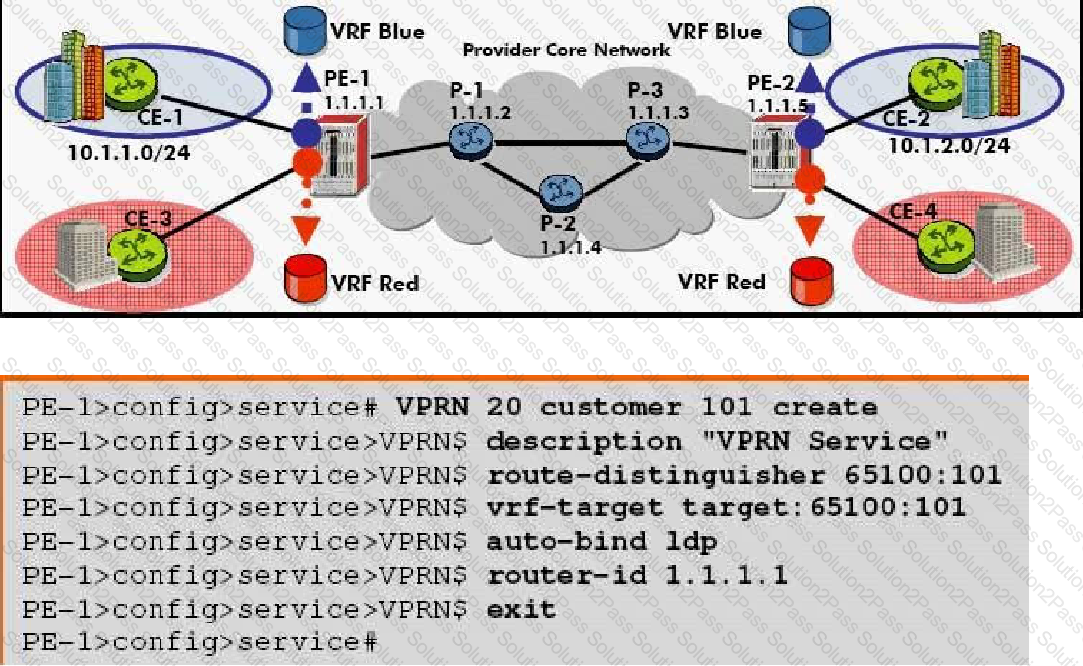4A0-106 Nokia Virtual Private Routed Networks Free Practice Exam Questions (2025 Updated)
Prepare effectively for your Nokia 4A0-106 Nokia Virtual Private Routed Networks certification with our extensive collection of free, high-quality practice questions. Each question is designed to mirror the actual exam format and objectives, complete with comprehensive answers and detailed explanations. Our materials are regularly updated for 2025, ensuring you have the most current resources to build confidence and succeed on your first attempt.
When configuring the CE with the selected CE-PE routing protocol on an Nokia 7750 SR, which of the following statements is true? (Choose three.)

What is the purpose of the Route Distinguisher?
Which of the following about inter-AS model B VPRN is FALSE?
VPN-IPv4 addressing is made unique by defining an address structure consisting of:
